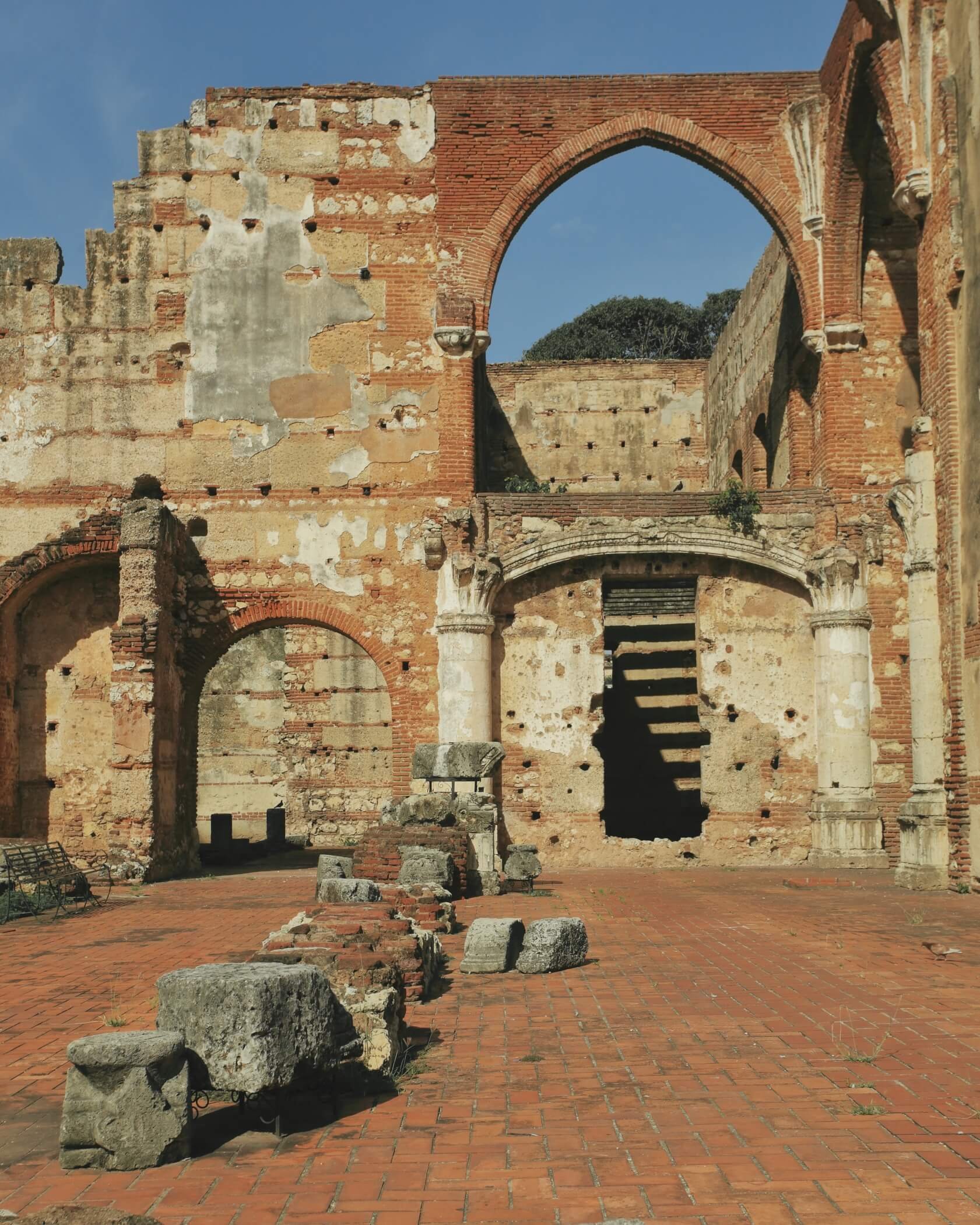
Santo Domingo Guide
Catedral Primada de America
This is our favorite landmark in Santo Domingo, and it is only 5 minutes walk from FIXIE Lofts.
The Catedral Primada de América, also known as Catedral de Santa María la Menor, holds the distinction of being the first and oldest cathedral in the Americas. Situated in the heart of Santo Domingo, the capital of the Dominican Republic, this magnificent structure was constructed by the Spanish between 1514 and 1540. With its remarkable Gothic architecture, it stands as a testament to the encounter and blending of cultures that transpired within this hemisphere.
Beyond its role as a place of worship, the cathedral served as a center of political and social life during the colonial era. It witnessed significant historical events, including the signing of the Treaty of Ryswick in 1678, marking the end of the war between France and Spain over Hispaniola. Moreover, it was the site of the coronation of Carlos III as King of Spain in 1761 and the proclamation of independence from Haiti in 1844.
Throughout its existence, the cathedral endured various challenges, suffering damage and alterations. Infamous pirates and invaders, like Francis Drake in 1586 and William Penn in 1655, targeted the cathedral, seeking to plunder its treasures. Seeking refuge within the cathedral's fortified walls, the brave defenders successfully repelled the assault. As a lasting tribute to their valor, a cannonball fired by Drake remains embedded in one of the cathedral's walls to this day.
“…natural calamities such as earthquakes, hurricanes, and fires also took their toll.”
Nevertheless, the cathedral underwent several restorations and enhancements over time. Notable additions include a silver altar, a wooden choir, and an organ in the 16th century; a baroque facade and a dome in the 18th century; and a neoclassical portico and a clock tower in the 19th century.
Over the centuries, the cathedral has undergone various renovations and enhancements. Notably, an exquisite mahogany altar was installed in the 18th century, adding to its allure. Inside, visitors are greeted by intricate carvings, religious paintings, and a breathtaking gold-plated pulpit. Additionally, the cathedral's museum houses an impressive collection of religious artifacts, including the tomb of Christopher Columbus, which was relocated to the Columbus Lighthouse in 1992.




